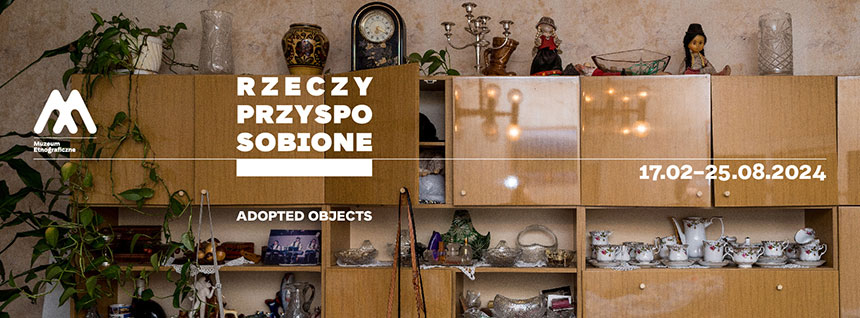We like to classify objects and the “poniemieckie” (meaning: “passed from the Germans” or “left by the Germans”) is a label that has been commonly used in the Regained Territories.
But in everyday life labels and categories often become blurred and the provenance of things becomes obliterated. The “hodgepodge of pipes” becomes the visual representation of intertwined and indefinite matter. “They have been repaired and hidden in the wall. There are so many of them, the old German pipes, made of lead, are at the bottom. It has got so intertwined that people no longer think about the original provenance of objects, memories and genealogies of objects become blurred. Like, someone insists that it is a keepsake brought over from Lvov but turns out to be local” (Jacek Zachodny). British anthropologist Paul Basu has coined the term “inbetweenness of things” which are defined by their migratory and transive nature, and double-consciousness born from their material trajectories, “histories of borrowing, displacement, transformation, and continual reinscription.” These “diasporic objects” are not passive: their essential connectedness gives them agency.
Maps from a historical atlas, used as a teaching aid before, during, and after World War II
Wrocław
courtesy of Jacek Zachodny
Wrocław artist Jacek Zachodny incorporates objects from prewar Breslau into his installations. By combining and integrating things that originally came from different spatial orders, he recreates the hybrid reality of the Regained Territories after 1945. In his flat, he keeps things inherited from his family that had arrived from Lvov alongside the “German artefacts”, as he calls them, left behind by the former residents of Breslau. But some objects escape this simple classification. This is the case of the set of maps used as educational aids by the artist’s father when he was a child. They feature hand notes inscribed by his father after the war, alongside notes scribbled by the children who had used the maps before and during World War II.
